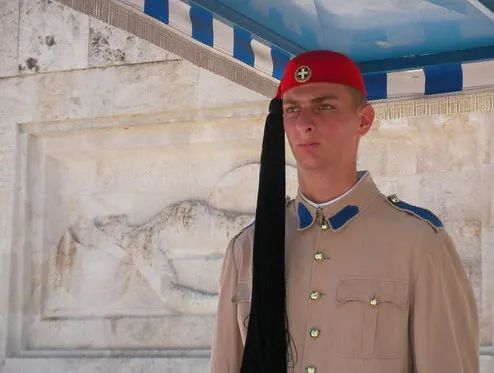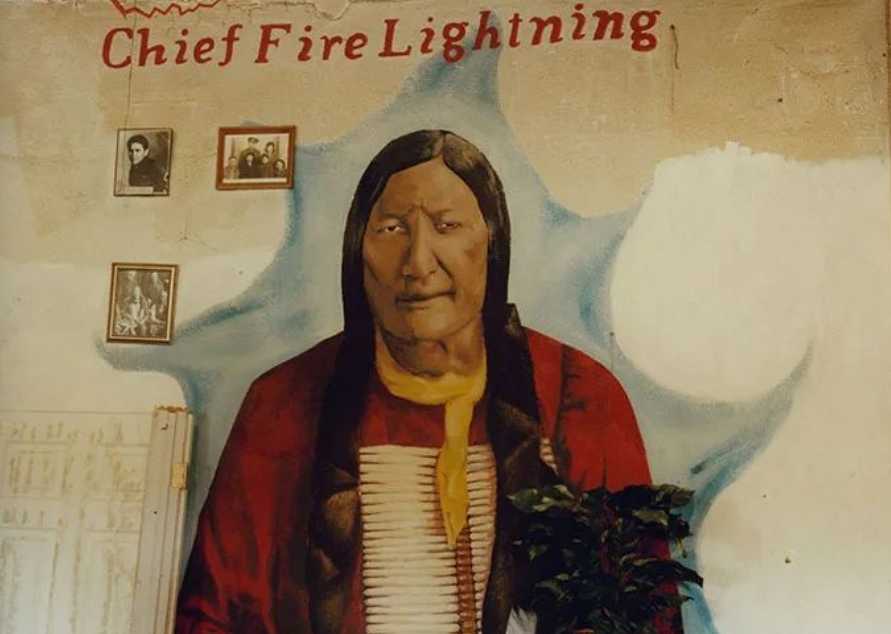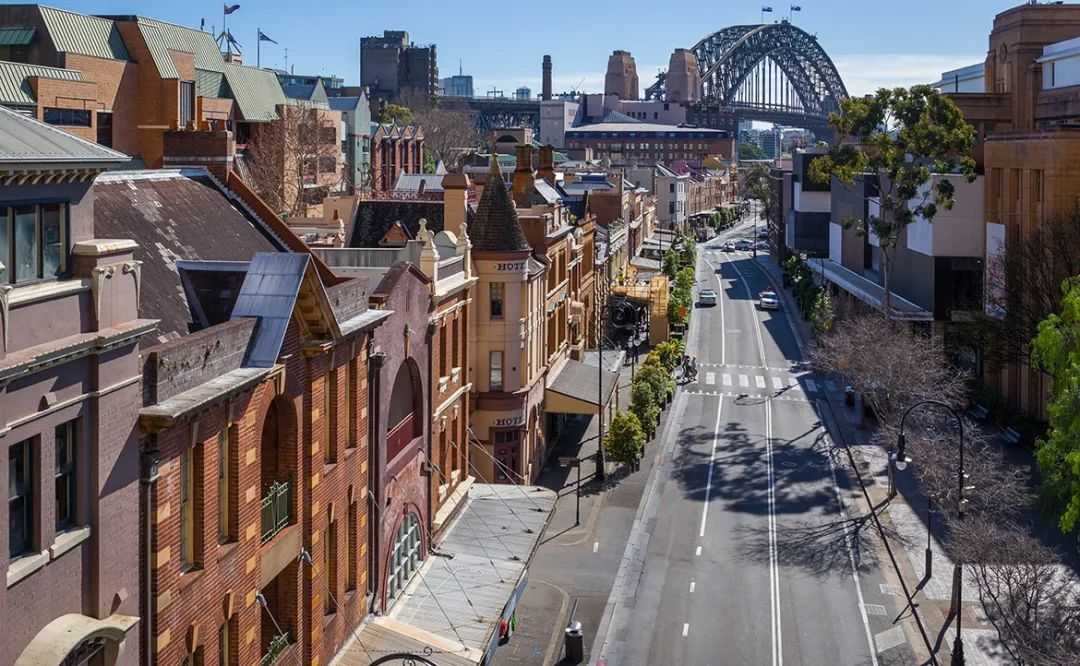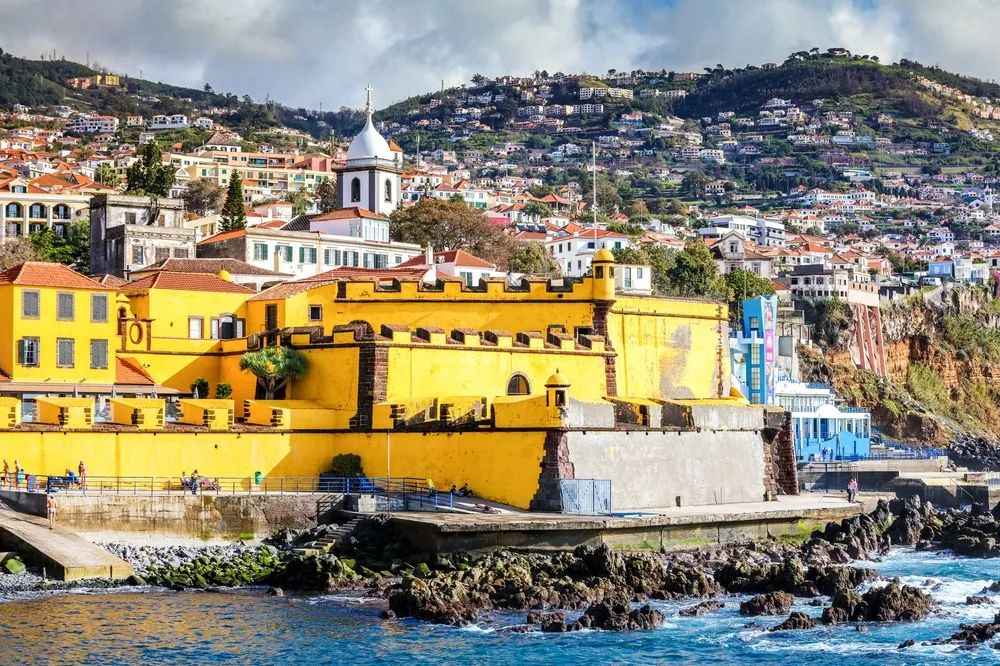Search for information
Greek Men and Their Braids: A Historical and Cultural ExplorationIn ancient Greece, men's hairstyles were not only a matter of personal preference but also carried significant cultural and symbolic meanings. Among these styles, braids held a special place.
May 15, 2025, 4:51 pm EDT
Greek Men and Their Braids: A Historical and Cultural Exploration


Tencent's six-month game revenue breaks $100 billion, overseas market jumps 70%!
Tencent's six-month game revenue breaks $100 billion, overseas market jumps 70%!more

Cycling Gap: Why Many Women in Bangladesh Don't Ride Bicycles
In Bangladesh, a significant phenomenon exists - many women do not ride bicycles. This situation is deeply rooted in the country's social and cultural context.more

Tracing the Primitive Tribal Cultures of the Americas
Tracing the Primitive Tribal Cultures of the Americasmore

Moose Sightings on the Rise: Canadian Roads Teeming with Wildlife
In recent weeks, Canadians have been treated to a rather unusual sight - moose roaming freely on the country's roads. The sightings, which have been reported across several provinces, have led to a mix of excitement and concern among locals and authorities alike.more

Australia's Housing Market and Construction Industry Show Divergent Trends
In the first week of May, Australia's property market witnessed a remarkable rebound, with the national auction clearance rate soaring to 70.1%, a 5.9 - percentage - point increase from the previous month and reaching a two - year high. Melbourne led the way with a clearance rate of 74.4%, while Sydney also performed stronglymore

Zoë Kravitz Eyed for Directorial Role in Sony's "How to Save a Marriage" After Debut
Zoë Kravitz Eyed for Directorial Role in Sony's "How to Save a Marriage" After Debutmore

Madeira: The Enchanting Island in the Atlantic Ocean
In the vast expanse of the Atlantic Ocean, there is a place so captivating that even the gods might be enticed to linger - the Madeira Islands. Perhaps you've never heard of this name, or maybe you've come across it but have only a vague idea of what it truly offers.more


